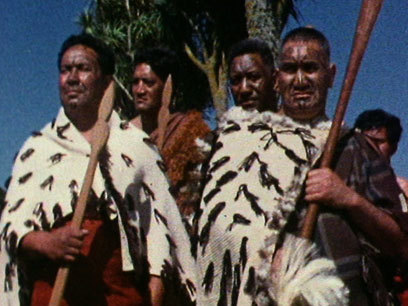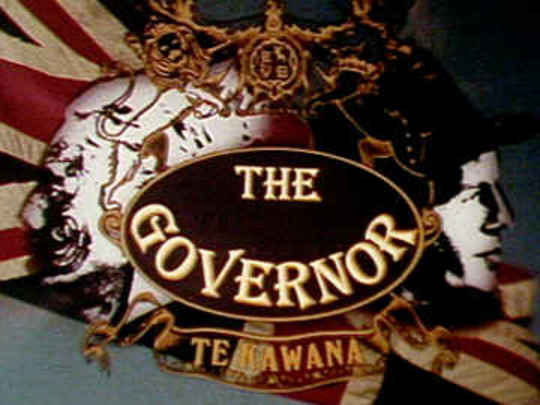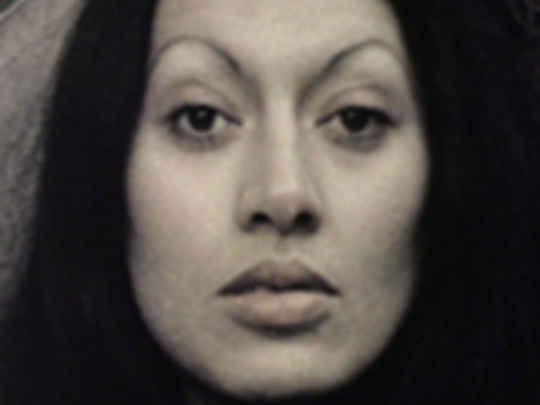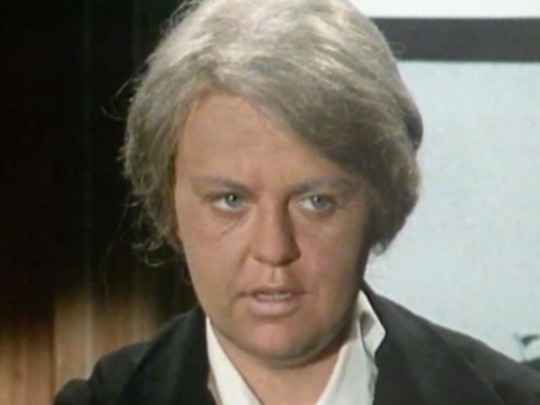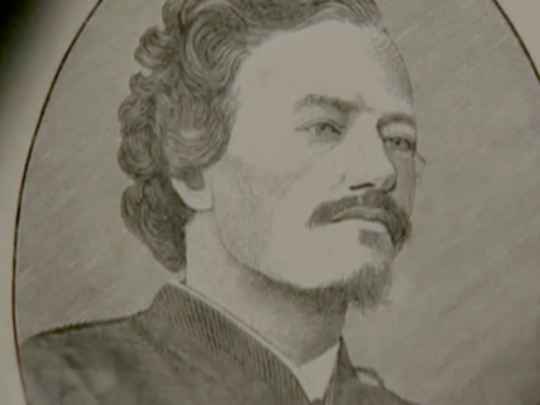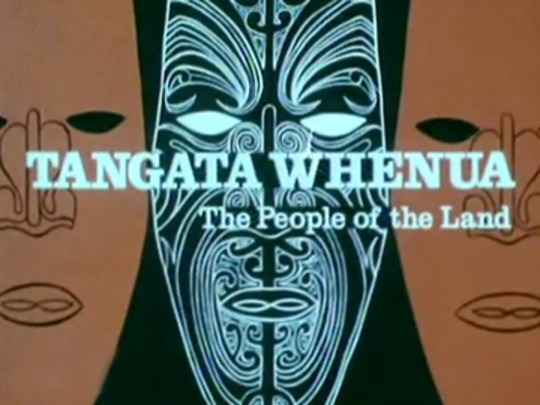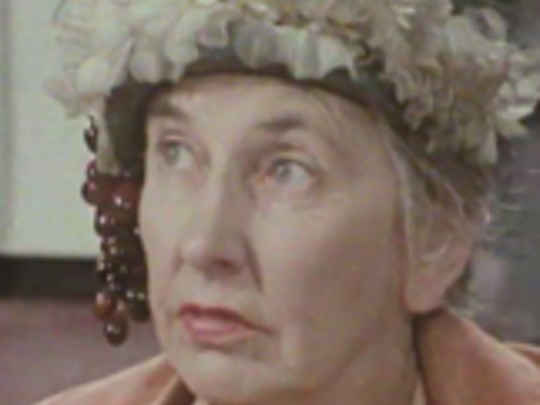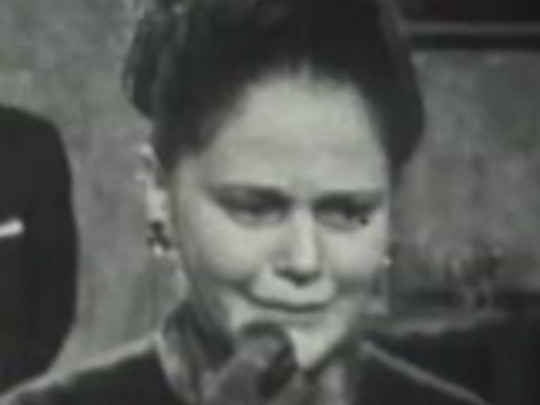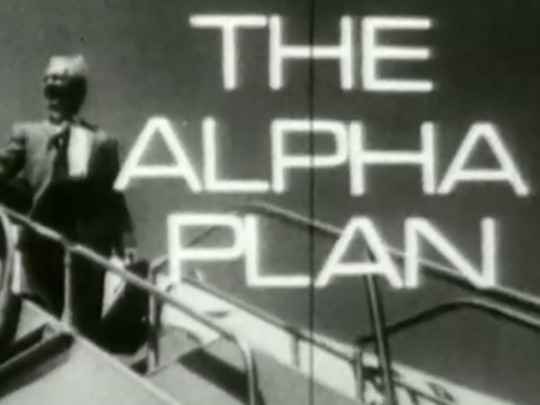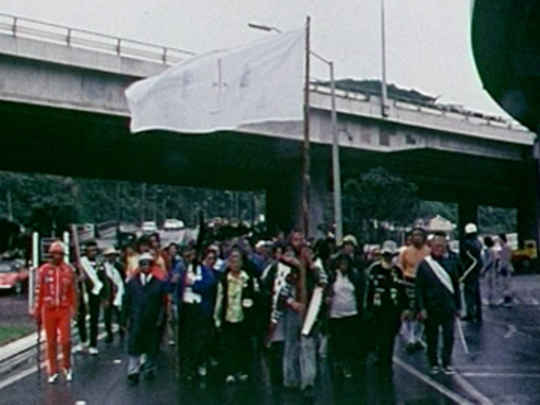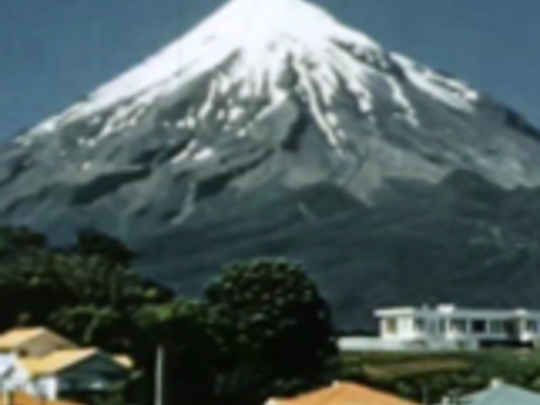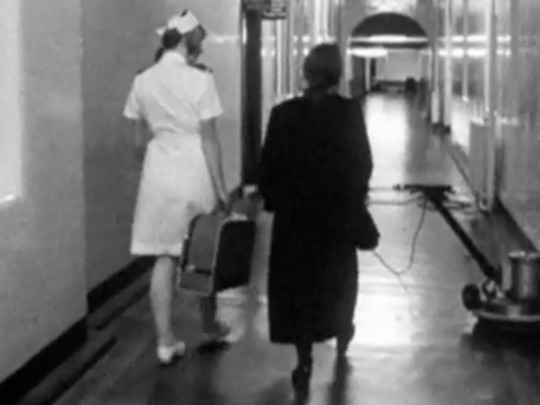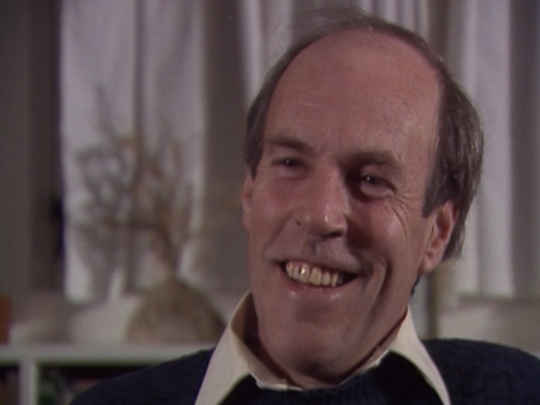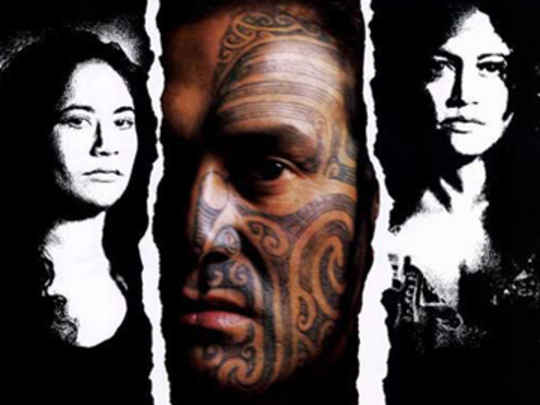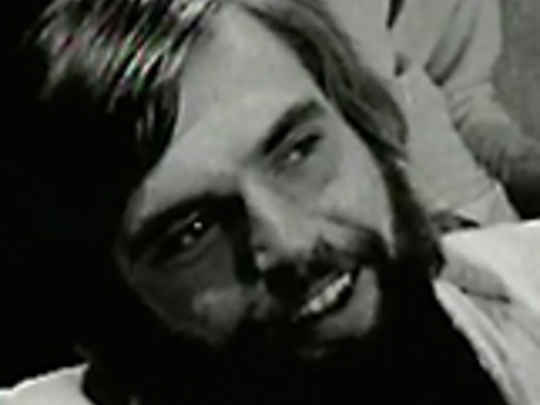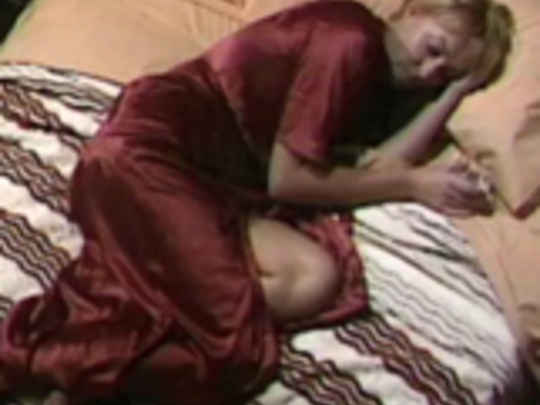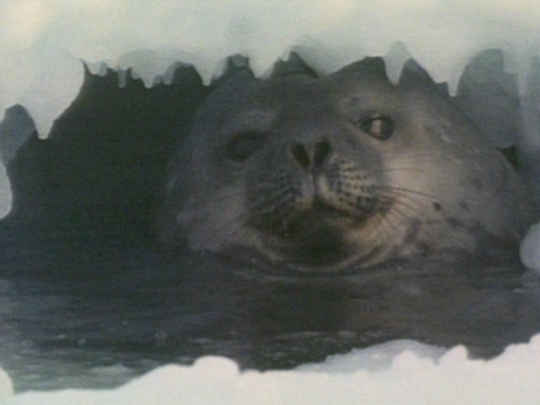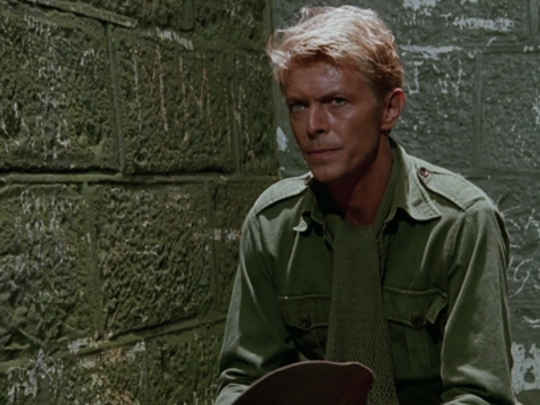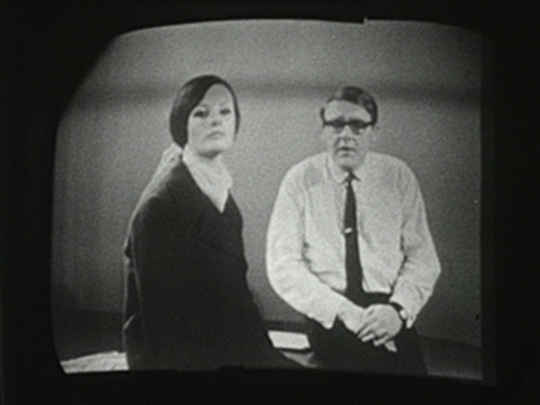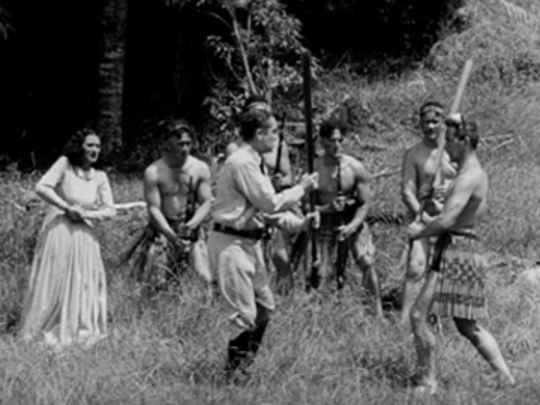Forty lashes on good Irish skin!
– Charles Kane (Alan Jervis) reveals the wounds on his back
Some of the cast brought their own taiaha for use in the production, and refused to use anything else. [Actor] Napi Waaka was especially concerned 'to make sure what was represented as Māori was genuine'; he recalled in 2012 that [director Chris] Thomson had given the cast every opportunity to use their knowledge and expertise, 'to be ourselves'.
– Author Annabel Cooper on Napi Waaka, who played Tītokowaru, in her 2018 book Filming the Colonial Past - The New Zealand Wars on Screen, page 102
[Scriptwriter Warren Dibble] began to absorb the local side of a story of which very few Pākehā knew anything at all in 1970. Knowledge of the past came from all kinds of sources. He met archaeologists working at the site of Tītokowaru's pā ... books were less important to him than the stories he was hearing from local, mostly Māori people.
– Author Annabel Cooper on writer Warren Dibble's research after moving to Hāwera, in her 2018 book Filming the Colonial Past - The New Zealand Wars on Screen, page 99
…[Warren Dibble] wrote a play that paid serious respect to tikanga and, in mining [James] Cowan’s The Adventures of Kimble Bent, he included one thoughtful and one arrogant Pākehā and a charismatic Tītokowaru … like others drawn to the Tītokowaru story, Dibble was interested in figures who moved between the two cultures...
– Author Annabel Cooper in her 2018 book Filming the Colonial Past - The New Zealand Wars on Screen, page 99
The two main actions of the play deal with historical events: the attack on the redoubt at Turuturumōkai near Hāwera, and Charles Kane’s ill-fated attempt to defect back to the colonial side by trading information about Tītokowaru in return for immunity.
– Author Annabel Cooper on the teleplay's real life background, in her 2018 book Filming the Colonial Past - The New Zealand Wars on Screen, page 100
When you came over to us … what did you expect, you’d be made a rangatira?
– Kimble Bent (Peter Vere-Jones) to Charles Kane (Alan Jervis)
In 1971, even though there were efforts to involve local people in the production of The Killing of Kane, many people she [local Te Rau Oriwa Davis] knew thought it was too soon, and that they had no say about it.
– Author Annabel Cooper on local opposition to the making of The Killing of Kane, in her 2018 book Filming the Colonial Past - The New Zealand Wars on Screen, page 103
It was New Zealand television's first attempt to dramatise a colonial conflict, and the first local TV drama to use colour film.
– Trisha Dunleavy in her 2005 book Ourselves in Primetime - A History of New Zealand Television Drama, page 40
